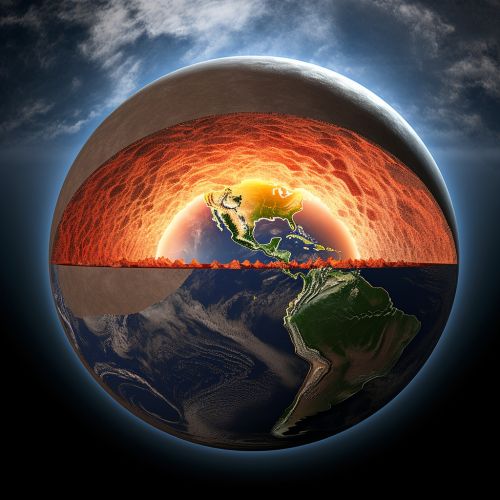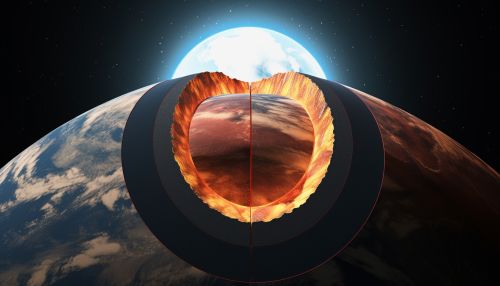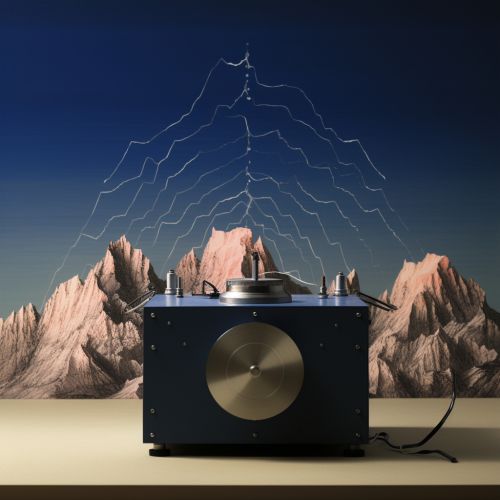The Role of Geophysics in Tectonic Plate Movements
Introduction
Geophysics, a branch of Earth sciences, plays a crucial role in understanding the movements of tectonic plates, the large pieces of Earth's lithosphere that fit together like a puzzle to form the planet's surface. This field of study uses physical methods and principles to investigate the properties and processes of the Earth's structure, including the movements and interactions of tectonic plates.


Geophysics and Plate Tectonics
Geophysics is integral to the study of plate tectonics, the theory that explains the large-scale motions of Earth's lithosphere. This theory, which has been widely accepted since the 1960s, posits that the Earth's outer shell is divided into several plates that glide over the mantle, the rocky inner layer above the core.
Geophysical Methods
Various geophysical methods are employed to study tectonic plate movements. These include seismic, magnetic, gravitational, and electrical methods, each providing unique insights into the structure and behavior of tectonic plates.
Seismic Methods
Seismic methods, such as seismology, involve the study of earthquakes and the propagation of elastic waves through the Earth. These methods are particularly useful in studying the boundaries between tectonic plates, where seismic activity is often concentrated.


Magnetic Methods
Magnetic methods involve the study of the Earth's magnetic field, which can provide information about the distribution and movement of magnetic minerals within tectonic plates. These methods can help identify areas of tectonic activity and provide insights into the history of plate movements.
Gravitational Methods
Gravitational methods involve the measurement of the Earth's gravitational field. Variations in this field can provide information about the distribution of mass within the Earth, including the boundaries and movements of tectonic plates.
Electrical Methods
Electrical methods involve the measurement of the Earth's electrical properties. These methods can provide information about the composition and structure of tectonic plates, including areas of tectonic activity.
Geophysics and Tectonic Plate Boundaries
Geophysical methods are particularly useful in studying the boundaries between tectonic plates, where most seismic activity occurs. These boundaries can be categorized into three types: divergent, convergent, and transform.


Divergent Boundaries
Divergent boundaries occur where tectonic plates move apart from each other. This movement is often associated with seafloor spreading, where new crust is formed by magma rising from the mantle.
Convergent Boundaries
Convergent boundaries occur where tectonic plates move towards each other. This movement can result in the formation of mountains, deep sea trenches, and volcanic activity.
Transform Boundaries
Transform boundaries occur where tectonic plates slide past each other horizontally. This movement can result in earthquakes.
Conclusion
The field of geophysics plays a crucial role in our understanding of tectonic plate movements. Through various geophysical methods, scientists can investigate the properties and processes of the Earth's structure, providing valuable insights into the movements and interactions of tectonic plates.
